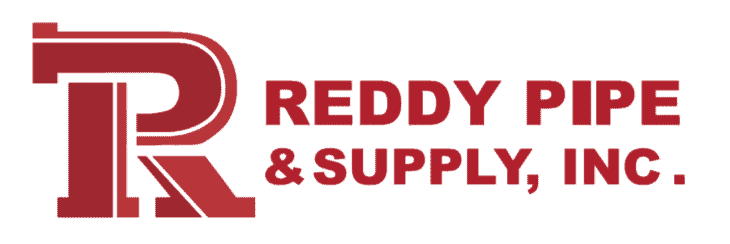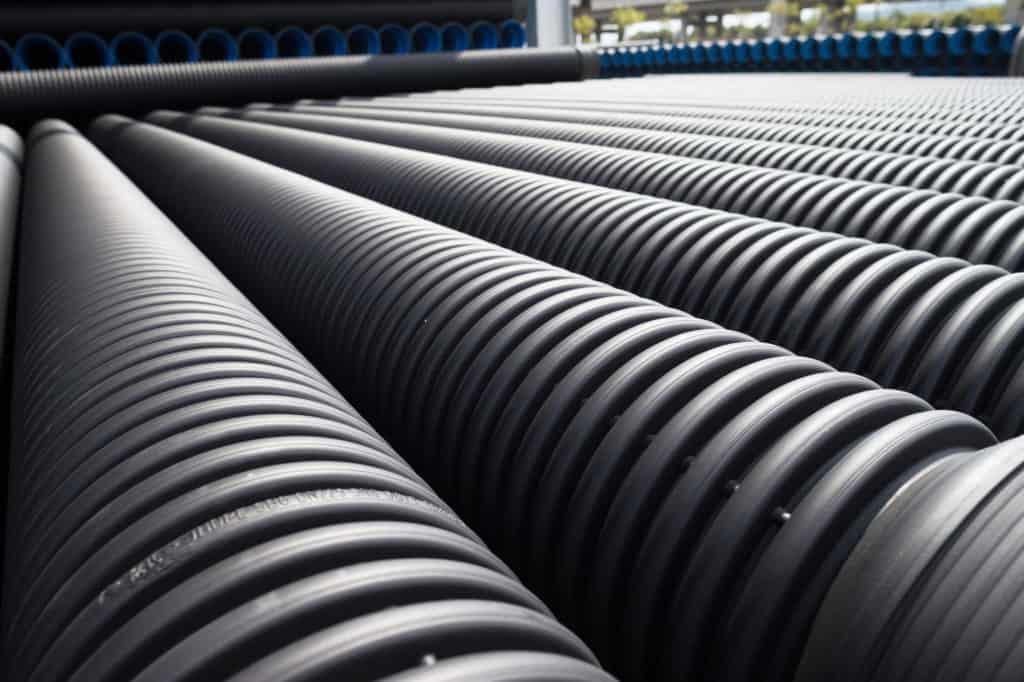Culverts are drains that create space and channels under roads, trails, railroads, and the ground. Culverts are entirely underground, surrounded by soil or structure. What are the primary uses for culvert pipes, and what materials are most commonly used in their production?
What's the Purpose of a Culvert?
Culvert pipes are used worldwide, creating support for essential structures such as roads, bridges, and railroads. Support is just one additional function to its primary purposes listed below.
- Direct water: Culvert pipe will create tunnels that redirect water to its natural course to reduce and prevent flooding and erosion to essential structures such as bridges and roads.
- Connect cables and wires: Underground electrical is passed through culvert pipes, protecting wires from outside elements such as wind and rain, preventing damage, and avoiding power outages.
Culvert Materials and Types
The material used for a culvert pipe is determined by the purpose and needed structural endurance for the project. The most common materials used are:
- Concrete
- Steel
- Plastic
- Aluminum
Steel structure pipe is very effective and can be a good use of recycled resources. Steel can also provide longevity to your project. Concrete is the most common material used due to its ability to withstand heavy loads produced by roads, bridges, and railroads.
Culverts also come in all shapes and sizes, from circular to rectangular tunnels. The surrounding structures and end goal determine the shape and size. Consider a few examples below.
- Pipe culvert: Round tubes ranging from 1 to 6 meters in width. Single to multiple trenches can be used to direct large flows of water while providing structural endurance.
- Pipe arch culvert: Half circle pipes that are used for large but steady flows of water. The shape creates an excellent passage for fish, not disturbing the ground’s integrity.
- Box Culvert: Used with smaller structures and to redirect rainwater.





